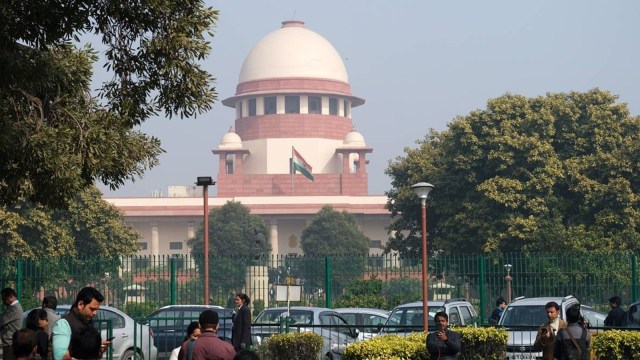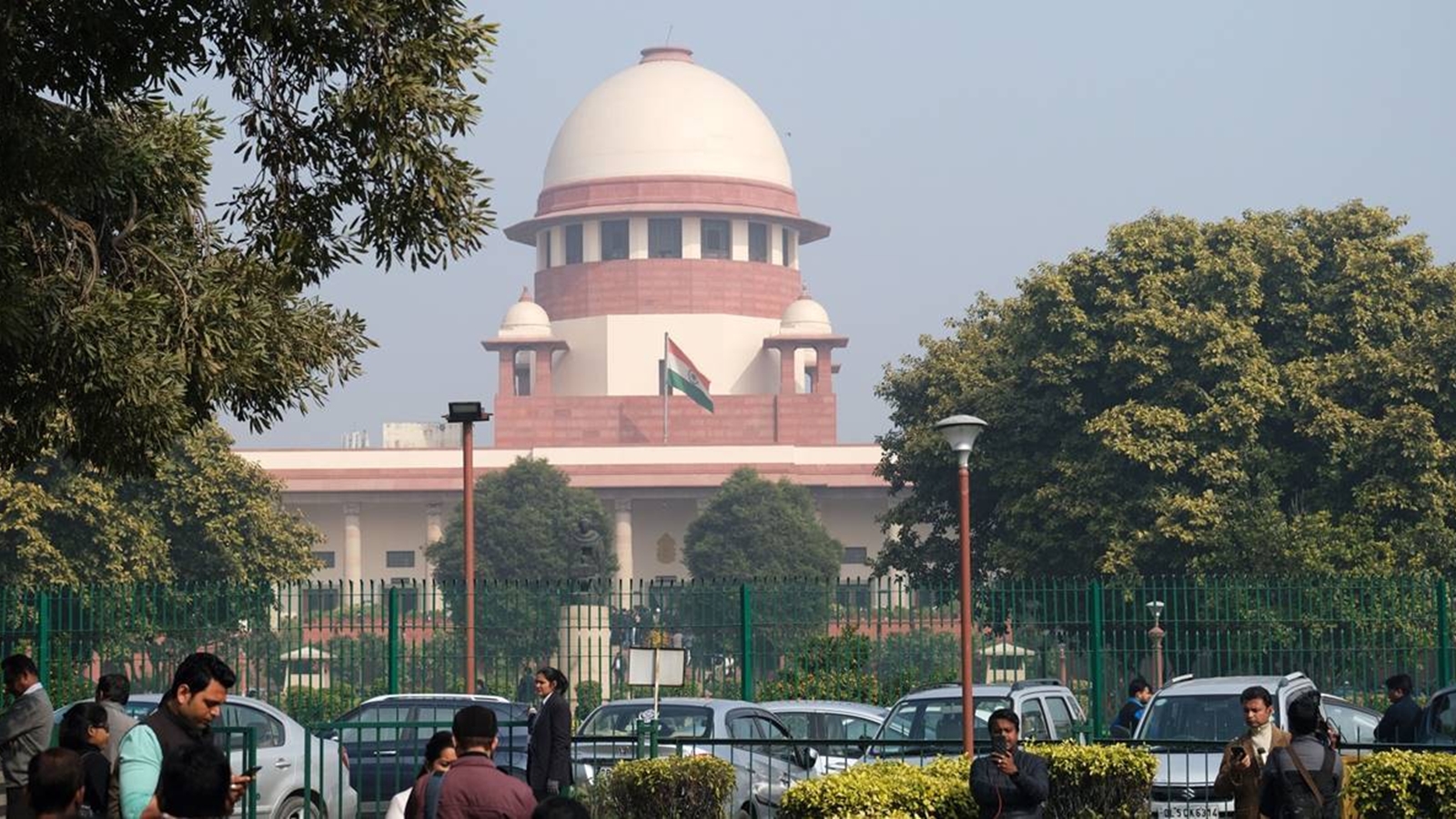
The Supreme Court has finally removed a long-standing legal obstacle to fine-tuning the existing policies of social justice. The seven-member bench of the apex court has allowed state governments to sub-divide the reservation quota meant for Scheduled Castes (SC) and Scheduled Tribes (ST). The Court has also opened the door for identification and exclusion of the “creamy layer” in the SC and ST categories from the benefits of affirmative action. While there can be many issues with the exact formulation and implementation of this judgment, especially the part on the creamy layer, this is a step forward in the long history of India’s rich jurisprudence on reservation. On balance, this judgment would help fine-tune and deepen policies and politics of social justice in an era where the very idea of affirmative action faces an onslaught.
The Court’s much awaited judgment in the State of Punjab vs Davinder Singh case marks the conclusion of a 20-year-long legal struggle by state governments to liberate themselves from the limits upon their power to sub-classify Scheduled Castes. The point of contention was the correct interpretation of Article 341 of the Constitution that empowers the President to notify the list of castes to be deemed as Scheduled Castes throughout the country. In 2004, a five-member bench of the Supreme Court had outlawed any policy that sought to sub-divide this category for purposes of creating sub-quotas. In this E V Chinnaiah case, the bench unanimously took an ultra-technical view of Article 341 and held that all the Scheduled Castes, across the diverse social geographies within the states, were a homogenous class that could not be sub-divided.
The judgment in E V Chinnaiah suffered from a basic disconnect with social reality. It failed to acknowledge that categories like Scheduled Caste or Scheduled Tribe are very large baskets that contain social groups of different status, based on different traditional occupations and, therefore, varying degrees of disadvantage. Historically, they had very uneven exposure to modern education and were therefore unequally placed to take advantage of policies of affirmative action. Just look at the stark inequalities of educational levels shown by the latest caste survey data among different castes within the SC category in Bihar. Of every 10,000 persons, 124 Dhobis had decent (PG or professional) higher education degrees, while this number was 45 for the Dusadh community and just one for the most disadvantaged Musahar community. In Tamil Nadu, while Arunthathiyars were about 16 per cent of the SC population of the state, their presence among SC government employees was just about 0.5 per cent. The commonsensical solution to this gross inequality was to divide the category into two or more sub-categories and earmark separate quotas for each sub-group depending on their share in population. Yet, attempts by the state governments in Punjab, Haryana, Andhra Pradesh and Bihar fell foul of the court’s ruling.
At long last, following the observations by CJI R M Lodha in 2014 and a five-member bench judgment in 2020, the case was referred to a seven-member bench for final disposal. The majority decision of the court, authored by the CJI himself, has firmly prioritised substance over form and held that the state governments are competent to sub-classify the Scheduled Castes in order to identify groups that merit more beneficial treatment. The judgment authored by Chief Justice D Y Chandrachud appreciates the import of distributive justice within the extremely heterogeneous Scheduled Castes. It affirms that equal protection of the law is not a rule that forbids both “the beggar and the king” from begging in the streets.
By shedding the formal legalism that underlay E V Chinnaiah, the court has demonstrated sensitivity towards the most disadvantaged sections within the Scheduled Castes and charts the course for resolving their historic grievances. At the same time, notwithstanding contrary remarks by Justice Pankaj Mithal, the judgment consolidates and reinforces the socio-legal consensus on the necessity of a principled caste-conscious affirmative action regime that was established in the Indra Sawhney judgment of 1992. It thus enriches the struggle for a broader, more effective and fairer, affirmative-action regime.
The spirit that pervades the majority opinions is that any classifications within the social justice policy must be reasonable and rational. It affirms the long-standing requirement of evidence-based policies of social justice, something the court had nearly abandoned in its curious judgment upholding the EWS quota. Incidentally, this reminder of data-driven policy fortifies the imperative for a nation-wide caste Census.
Can the same logic be extended for the “creamy layer” within the Scheduled Castes? So far, the policy of excluding the privileged sections (“creamy layer” in the language of the Indra Sawhney judgment) within the reserved category was applicable to the OBC, but not to the SC or ST category. While this issue was not referred to the Constitution Bench, Justice B R Gavai held that the ground reality of the disparities within the beneficiary groups are too pronounced to be ignored. He puts it eloquently that treating the child of a bureaucrat and a manual labour alike, even if both belong to the SC community, would defeat the constitutional mandate. At the same time, as Justice Vikram Nath clarifies, the criteria for identification of “creamy layer” would have to be different from that used in the case of OBCs.
A landmark judgment like this is bound to be disputed both in legal and political circles. This might be seen as the thin end of the wedge that may lead to dilution of the affirmative-action regime. Politically, it may be seen as aiding the current regime’s designs to divide Dalits. Frankly, both these readings ignore the ground reality of internal differences and discrimination accompanied by political resentment among the most disadvantaged Dalit communities. Those committed to the policies and politics of social justice must not push such issues under the carpet. Instead, they should welcome this judgment and demand careful evidence-based identification of the most disadvantaged communities and provisions to ensure that the sub-division and the creamy layer do not become a route to divert SC/ST quota seats to non-reserved categories.
Yadav is member, Swaraj India and Dhawan is a Delhi-based advocate and legal researcher



